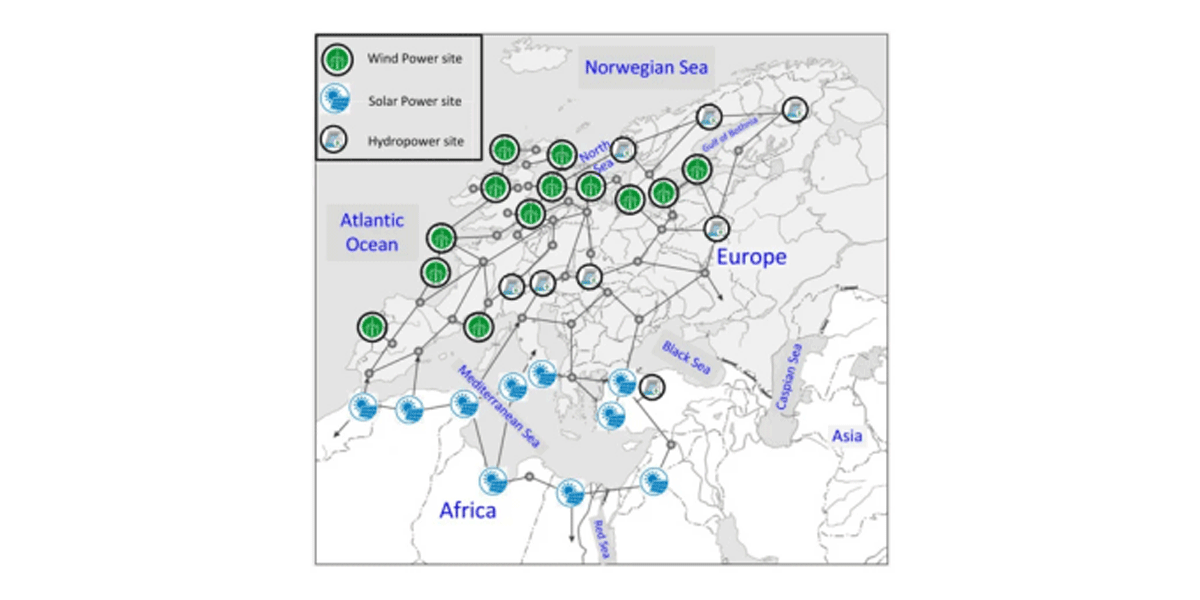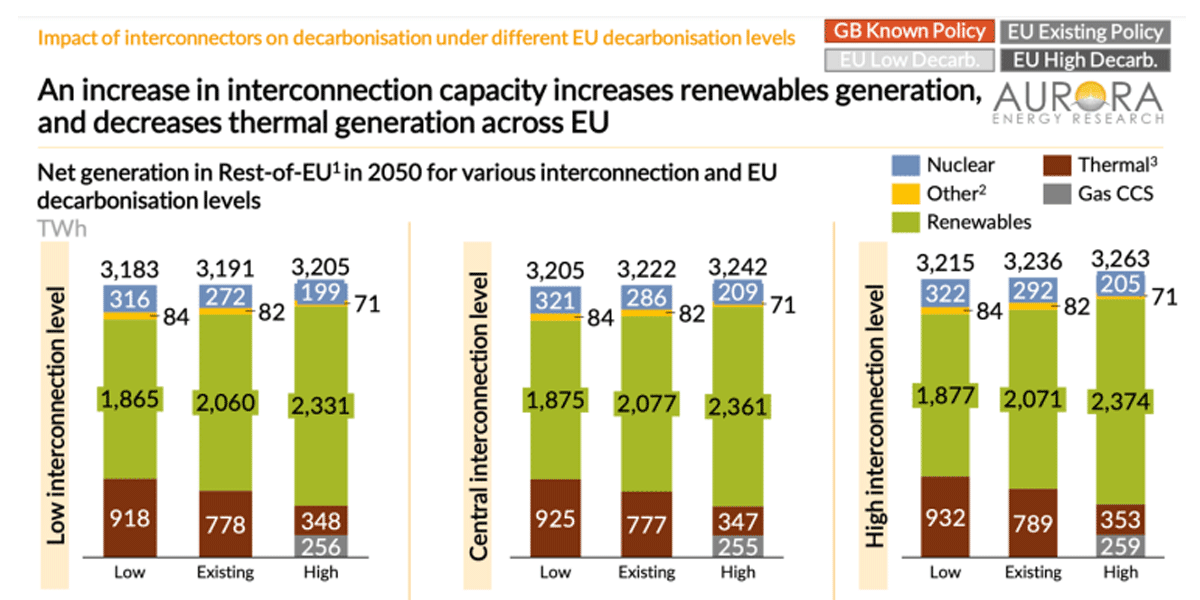How interconnection can support decarbonization
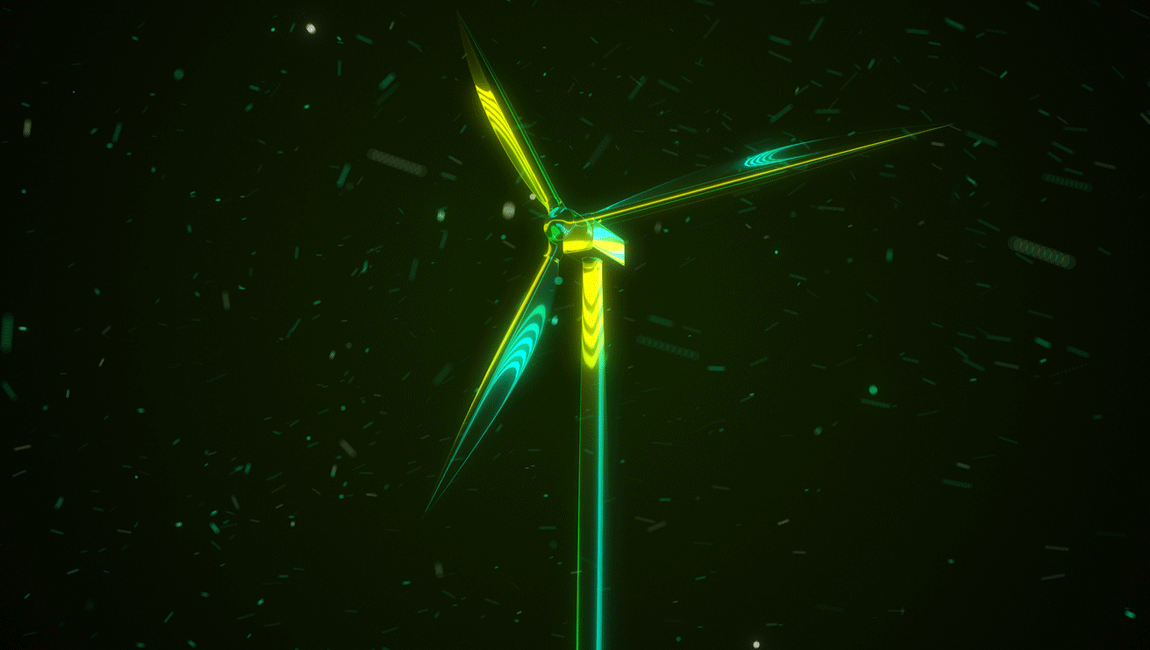
According to the US Energy Information Administration’s "International Energy Outlook 2021" global energy demand will rise 50% between 2020 and 2050, pushing the sector’s annual CO2 emissions up by 24.7%. Renewable energy will make up a far larger part of the total global power mix by 2050, growing 3.3% per year, but fossil fuels will remain in use. How can this be balanced with carbon reduction ambitions?
Global carbon dioxide emissions need to be reduced by 45% by 2030 from 2010 levels and reach net-zero emissions by 2050 in order to reach the goals set out in the Paris Agreement. The energy sector has a vital role to play in this. In 2021, global energy-related CO2 emissions remained at 31.5 Gt, which contributed to CO2 reaching its highest ever average annual atmospheric concentration.
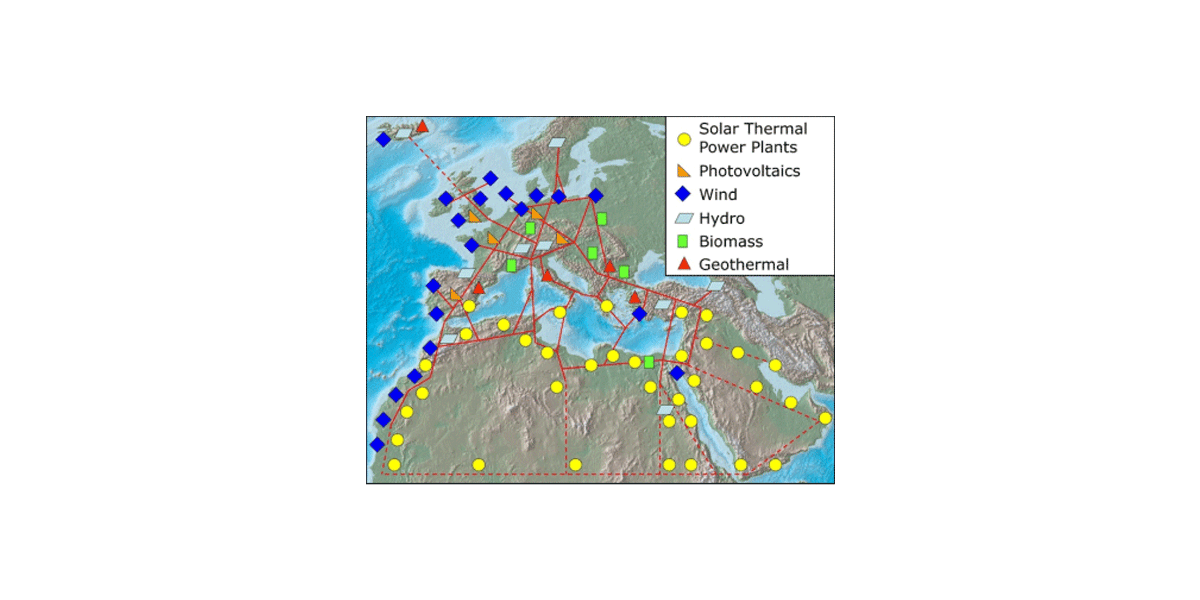
When looking at energy sector CO2 production in different countries, we see that carbon emissions of energy imports are not considered in the same way as those of locally produced power. An Aurora Energy Research study specifies that electricity imports are net-zero “only when supplied by renewables and nuclear sources, or when the grid emission factor of the exporting country is near zero during the time of exports.” Carbon emissions of imports can vary significantly depending on their source. If sustainable energy is exchanged as efficiently as possible, however, this will have a marked effect on decarbonisation.
One key challenge related to renewable energy sources, such as solar and wind, is the variability of yield. This can vary enormously from season to season and even day to day. Through smart transmission interconnection neighbouring regions can mitigate this by importing and exporting power. Interconnectors make it possible for countries to import zero-carbon energy from other regions to supplement their own generation mix. Or they can import energy when renewable source yields drop – for example, solar farms at night. That allows countries to maximise their clean use of energy resources and phase out fossil sources.
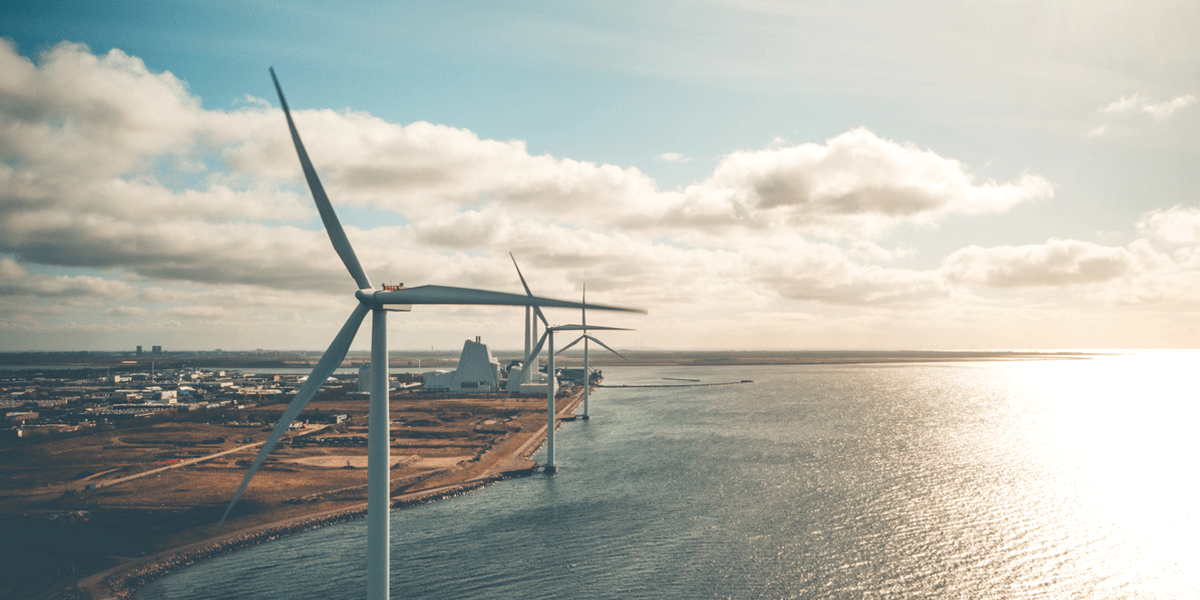
High-potential renewable energy areas, such as a solar park in a desert region, are often located very far from the areas where power is consumed. Long-distance transmission interconnections can ensure this energy is transported efficiently to these areas, as well as other countries with relatively little sunlight. Countries experiencing vast amounts of wind at any given moment can share the generated energy with other areas. As a result, countries can reduce their dependency on fossil fuels they may need to support their local renewable sources. In addition, interconnection can also help keep power affordable. If prices in one area increase, power can immediately be imported from countries where generation is less expensive. It’s also possible to react immediately to changes in demand, without needing to start up fossil fuel-based backup power.
By transporting zero-carbon energy from where it is produced to where it is required, interconnectors can help cut CO2 emissions in order to reach net zero. As interconnector capacity increases, the role of interconnectors in supporting decarbonisation is expected to increase. Global and intercontinental power grid interconnections offer significant potential to decarbonize the electrical systems by making smart use of renewable energy and balance supply and demand across regions and time zones. By bringing together load centers and areas that can produce high volumes of renewable power, intercontinental grid interconnection may, in time, result in a global power grid.
‘Electric Power Network Interconnection: A Review on Current Status, Future Prospects and Research Direction’ lists the technological benefits of large scale power network interconnections as follows:
- Balancing mismatches in supply and demand Connecting summer peak-demand regions with winter peak-demand regions.
- Incorporating intermittent renewable power Facilitating incorporation of variable renewable resources.
- Accessing remote energy resources Power usage is concentrated in major cities with energy demand that can’t be fulfilled by local resources. Interconnectors can link these sites to highly location-specific renewable sources.
Power grid interconnection: expanding across the world.
North America: four power grids are interconnected across the United States, Canada and Mexico. Latin America: three main regions linked via grid interconnection Africa: The Africa Clean Energy Corridor (ACEC) enhances cross-border interconnection and trade of renewable power from Egypt to South Africa. Europe: a ‘Europe-Mediterranean-Middle East’ super-power grid is being planned for 2050. India: five regional grids interconnected via HVAC and HVDC links.
